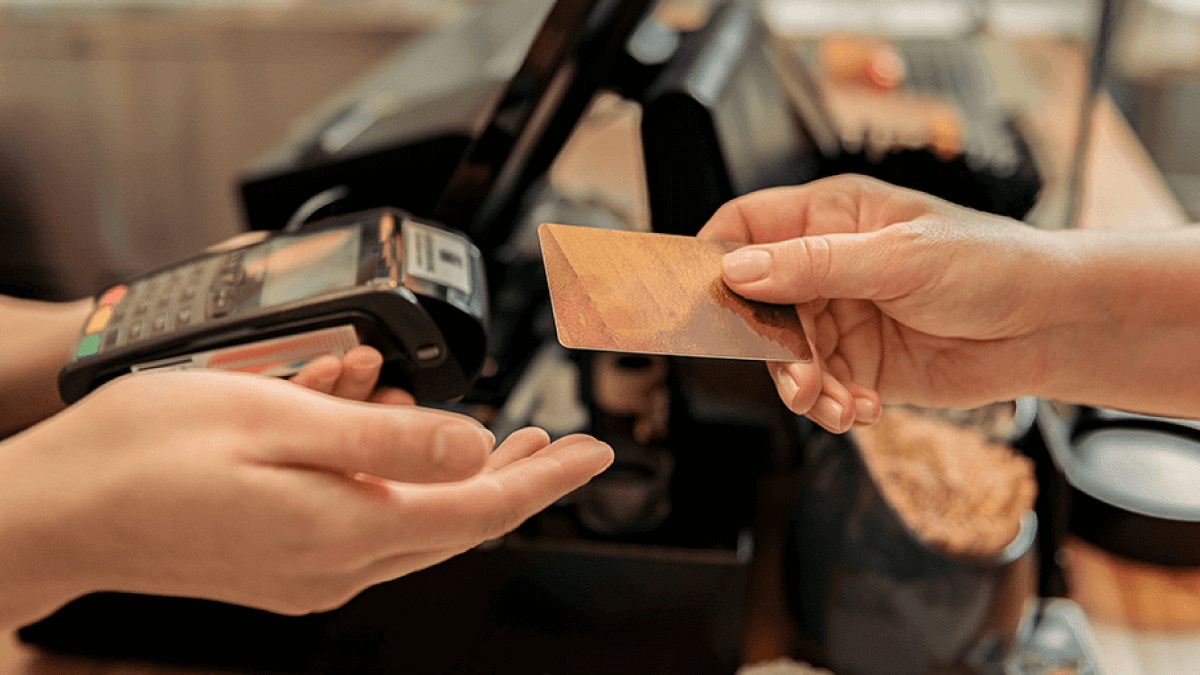- HOME
- Banking & payments
- What is Merchant Discount Rate and how does it impact Indian businesses?
What is Merchant Discount Rate and how does it impact Indian businesses?
Key Takeaways
- MDR is the fee merchants pay to banks and service providers for accepting card payments.
- Small businesses (turnover ≤ ₹20L) pay a lower MDR, making digital payments more affordable.
- RBI caps MDR charges: ₹200 for small businesses and ₹1,000 for medium/large businesses.
- Small businesses can’t pass MDR charges to customers, promoting cashless transactions.
- Digital payments ensure transparent financial records and easier tax compliance.
- Government subsidies on small transactions encourage businesses to adopt digital payment methods.
What is MDR?
The full form of MDR is Merchant Discount Rate. This is a fee that a merchant is charged by their issuing bank for accepting payments from their customers via credit and debit cards.
MDR compensates the bank issuing the card, the bank which installs the PoS (Point of Sale) terminal and network providers (MasterCard and Visa), and payment gateways for their services. MDR charges are proportionally shared between the merchant and the bank, and the charges are expressed as a percentage of the transaction amount.
Merchant Discount Rate in India: How it works
When MDR was first applied, the merchants passed it on to the customers, which increased the number of cash payments as customers tried to avoid extra charges.
To give cashless transactions a push, issuing banks had to increase the number of cards and PoS terminals in circulation, so they actively worked to get more merchants to install the terminals.
But this alone didn’t bring about the expected change. On one hand, issuing banks faced several challenges in getting small merchants to install PoS machines — for instance, one major challenge was that card payments entailed extra costs for merchants compared to cash transactions. On the other hand, banks were willing to increase PoS coverage only if the MDR share was profitable to them. In a bid to address these issues, the RBI decided to allow issuing banks to charge large businesses a higher MDR fee, while small businesses are charged comparatively less.

Merchant Discount Rate charges
Card payments
Businesses with turnover of up to Rs. 20 lakhs in the previous year are considered small businesses. Small business owners will pay a maximum MDR of 0.4% of the bill value. Businesses with turnover greater than Rs. 20 lakhs in the previous year are considered medium and large businesses. Medium and large business owners will pay 0.9% of the bill value.
Also, RBI has set a MDR limit at Rs. 200 per bill for small business owners and Rs. 1,000 for the others.
QR-based payments
A different set of rules are mandated for QR (Quick Response) based payments. For small businesses, the MDR will be 0.3 percent or Rs. 200 per transaction, whichever is lower. For medium and large businesses, the MDR will be 0.8 percent or Rs. 1,000 per transaction, whichever is lower.
The government will bear MDR charges on transactions up to Rs. 2,000 made through debit cards, BHIM UPI or Aadhaar-enabled payment systems.
Payment Mode | Small Businesses (Turnover ≤ ₹20L) | Medium & Large Businesses |
Card Payments | 0.4% (Max ₹200) | 0.9% (Max ₹1,000) |
QR-based Payments | 0.3% (Max ₹200) | 0.8% (Max ₹1,000) |
Impact of MDR on small Indian business owners
Under the rules laid down by RBI, business owners can not pass on the MDR charges to their customers. The MDR charges will be a tad expensive for transactions of lesser value. However, for transactions of higher value, the MDR charges are not likely to be expensive.
Since the burden of MDR charges are no longer on the customers, we can expect more digital payments thus including more people into the financial system increasing digital finance.
Advantages for small businesses
Low MDR rate for small enterprises decrease the expense of using PoS. Hence the transition to digital payment tools is also quite simple.
Digital payments leave transparent records that will allow businesses to keep proper financial documents and even ensure that all tax obligations are fulfilled.
A business can reach more customers because they now accept digital payments. Many customers, after all, prefer a cashless mode of payment.
Government initiatives like bearing MDR for small transactions encourage businesses to embrace cashless payments without additional costs.
This being said, for major commercial entities or large-ticket ones, the MDR costs will still be perceived as steep and are balanced by efficiency of digital modes and patron preference.